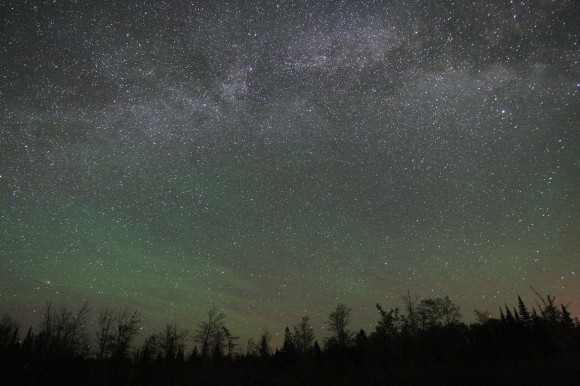As far as I know, the sky is blue because as light from the sun enters the atmosphere composed primarily of wavelengths of visible light. However, as the light happens across molecules of oxygen and nitrogen in the air, they have a small chance of scattering off, and the shorter wavelength photons such as blue light have much more chance of scattering. Hence, the reds and oranges sort of pass through the atmosphere in a straight beam, whereas the blues and greens get scattered around the place randomly, meaning that the sky appears pale blue. 
If, however, the scattering is random, then shouldn't just as many blue photons be sent flying back out to space as make it to our eyes on the ground? Why aren't all pictures we take from space of the earth blue? I can understand if the effect is not very prominent, but in all of these pictures the effect seems almost non-existent. Is there a flaw in my understanding, or is the effect just a lot smaller than I thought it would be?



Best Answer
Well, the Earth is kind of blue when viewed from far away:
In the picture above, you see that the "edge" of the Earth is more bluish, which is due to the reason you give in your answer; here we see through a deeper layer of the atmosphere, so we see more blue light.
But the light that does reach Earth's surface is reflected back through the atmosphere, so this is seen as well. And since after all non-blue photons outnumber the blue ones, we see what's underneath the surface.